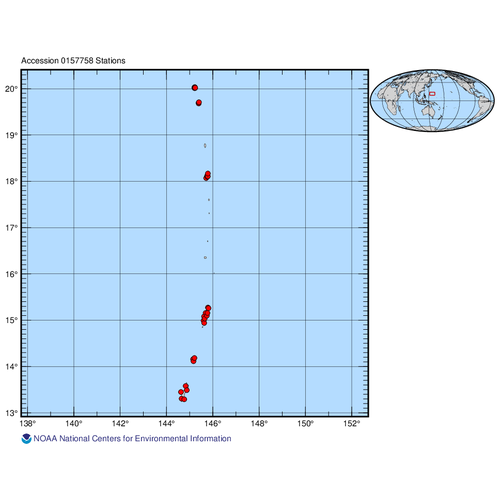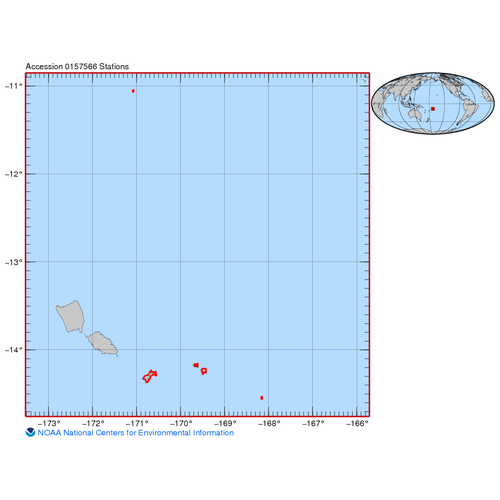
Final Report: A Cooperative Agreement for Developing Sustainable Funding Strategies to Protect Coral Reefs in Hawai'i
"The specific threats and corresponding management interventions for coral reef ecosystems vary across the globe. One common challenge is the difficulty of securing sustainable funding to support the long-term management needed to protect, restore, and ma...

NOAA grant funding, fiscal year 2003
"This is the final report on the expenditure of the grant funds that the National Oceanographic and Atmospheric Administration (NOAA) provided to the Division of Fish and Wildlife Protection (DFWP), Palau."

Divers' willingness to pay for improved coral reef conditions in Guam: An untapped source of funding for management and conservation?
Coral reefs are increasingly threatened despite being essential to coastal and island economies, particularly in the Pacific. The diving industry relies on healthy reefs and can be positively and/or negatively impacted by ecological change. Quantifying di...

National Coral Reef Monitoring Program: Calcification Rates of Crustose Coralline Algae Derived from Calcification Accretion Units (CAUs) Deployed across the Mariana Archipelago in 2011 and Retrieved in 2014 (NCEI Accession 0157758)

Calcification accretion units, or CAUs, are used to assess the current effects of changes in seawater carbonate chemistry on calcification and accretion rates of calcareous and fleshy algae in the Hawaiian and Mariana Archipelagos, American Samoa, and the...

Acoustic Tracking of Fish Movements in Coral Reef Ecosystems in St John (USVI), 2006-2010
Acoustic Tracking of Reef Fishes to Elucidate Habitat Utilization Patterns and Residence Times Inside and Outside Marine Protected Areas Around the Island of St. John, USVI NOAA's Biogeography Branch, National Park Service (NPS), US Geological Survey, an...

National Coral Reef Monitoring Program: Towed-diver Surveys of Benthic Habitat, Key Benthic Species, including Marine Debris Sightings, of American Samoa from 2015-02-15 to 2015-03-23 (NCEI Accession 0157566)

The towed-diver method is used to conduct benthic surveys, assessing large-scale disturbances (e.g., bleaching) and quantifying benthic components such as habitat complexity/type and the general distribution and abundance patterns of live coral, CCA, macr...
 Final Report: A Cooperative Agreement for Developing Sustainable Funding Strategies to Protect Coral Reefs in Hawai'i
Final Report: A Cooperative Agreement for Developing Sustainable Funding Strategies to Protect Coral Reefs in Hawai'i
 National Coral Reef Monitoring Program: Calcification Rates of Crustose Coralline Algae Derived from Calcification Accretion Units (CAUs) Deployed across the Mariana Archipelago in 2011 and Retrieved in 2014 (NCEI Accession 0157758)
National Coral Reef Monitoring Program: Calcification Rates of Crustose Coralline Algae Derived from Calcification Accretion Units (CAUs) Deployed across the Mariana Archipelago in 2011 and Retrieved in 2014 (NCEI Accession 0157758)
 Acoustic Tracking of Fish Movements in Coral Reef Ecosystems in St John (USVI), 2006-2010
Acoustic Tracking of Fish Movements in Coral Reef Ecosystems in St John (USVI), 2006-2010